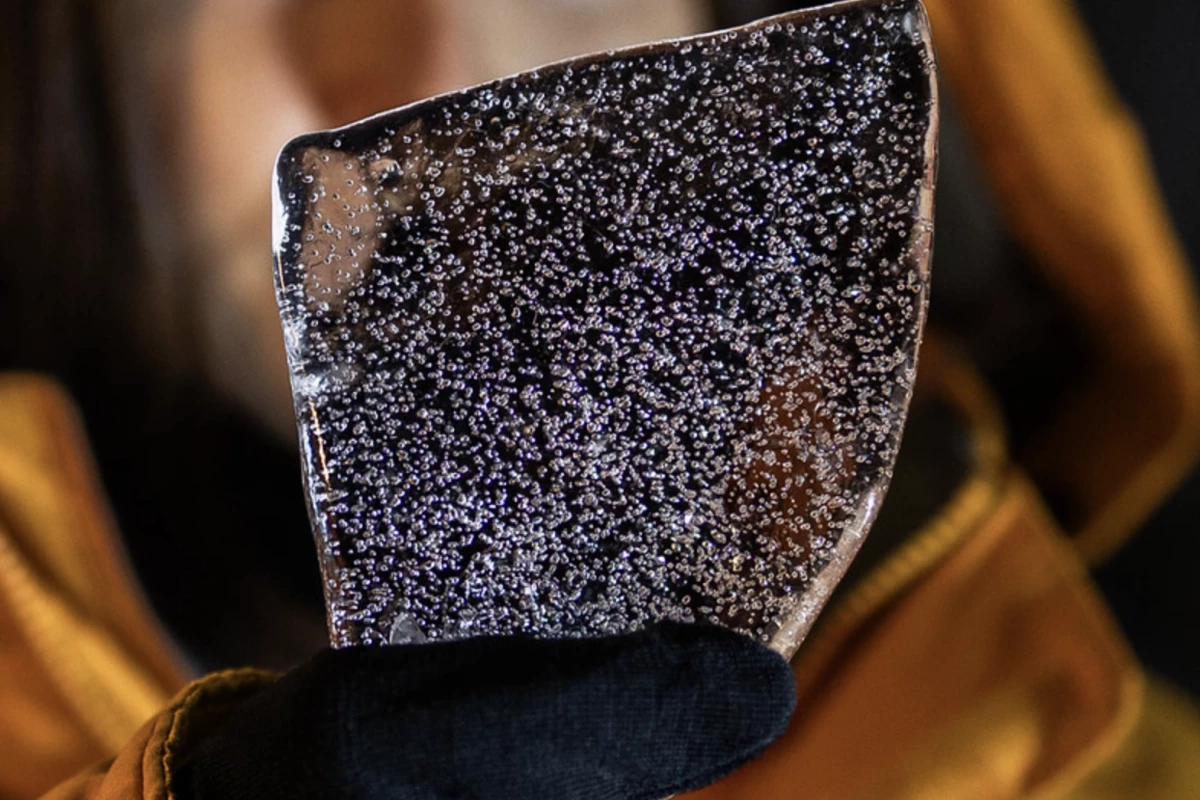Despite an ever-growing body of evidence indicating we're now living beneath unprecedented levels of atmospheric greenhouse gases, a lack of thorough historical knowledge has hindered our ability to put present-day CO2 emissions into a concrete, long-term context. So what if we're able to use the planet's own record-keeping to fill in those important blanks?
This is the bold approach taken in a new study from Oregon State University (OSU) and University of St Andrews scientists, who, working with the US National Science Foundation, have unlocked a 50,000-year timeline of atmospheric carbon dioxide – thanks to tiny bubbles trapped in Antarctic ice, frozen in time miles below the Earth's surface.
“Studying the past teaches us how today is different," said Kathleen Wendt, an assistant professor at OSU and the study’s lead author. "The rate of CO2 change today really is unprecedented."
Using frozen samples from the West Antarctic Ice Sheet (WAIS) Divide ice core, which were extracted by drilling two miles (3.2 km) deep, the team conducted chemical analysis on the little pockets of preserved gases in the ice blocks to get a clear picture of atmospheric CO2 changes over the many, many years.
What the researchers found was that yes, there have been periods of elevated CO2 in the atmosphere far beyond 'normal' range – but those levels pale in comparison to what we're now facing thanks to anthropogenic greenhouse-gas emissions.
While the team identified that, over 50,000 years, the natural ebb and flow of CO2 in the atmosphere did increase by an estimated 14 parts per million across 55 years, every 7,000 years or so. Now, CO2 levels jump that same amount every five to six years.
Essentially, CO2 levels are now increasing at a rate that's 10 times faster than at any point in the last 50,000 years.
“Our research identified the fastest rates of past natural CO2 rise ever observed, and the rate occurring today, largely driven by human emissions, is 10 times higher," Wendt said.
The team's analysis has painted a clear, long-term picture of the Earth's historic atmospheric CO2 fluctuations, which also revealed spikes coinciding with North Atlantic cold intervals – or Heinrich events – that are linked to sudden and significant climate changes.
“These Heinrich events are truly remarkable,” said Christo Buizert, an associate professor at OSU and co-author of the study. “We think they are caused by a dramatic collapse of the North American ice sheet. This sets into motion a chain reaction that involves changes to the tropical monsoons, the Southern Hemisphere westerly winds and these large burps of CO2 coming out of the oceans.”
Existing climate data has forecast these westerly winds to likely become stronger and more frequent as the planet warms, and if so will reduce the all-important Southern Ocean's ability to absorb and contain human-generated CO2. Safe to say, this is not the kind of positive feedback loop that scientists want to see, as the planet continues to warm.
“We rely on the Southern Ocean to take up part of the carbon dioxide we emit, but rapidly increasing southerly winds weaken its ability to do so,” added Wendt, who believes the historical knowledge will ultimately enable a better understanding of Earth's processes and increase our ability to better target interventions.
"The rate and magnitude of atmospheric CO2 rises resolved in this study provide critical constraints on carbon-cycle variability during abrupt climate shifts and urge caution that the modern-day Southern Ocean carbon sink has the potential to weaken in response to continued poleward enhancement of the SH westerlies," the researchers concluded.
The study was published in the journal Proceedings of the National Academy of Sciences.
Source: Oregon State University





